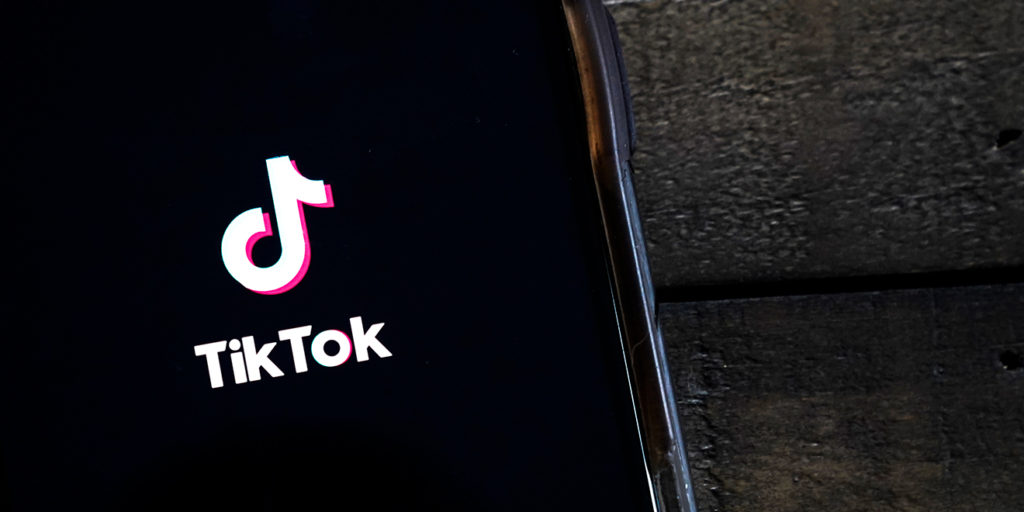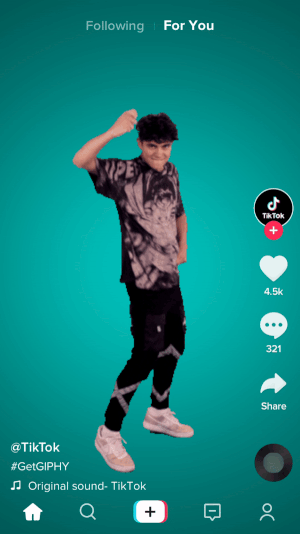3 October 2020 (Chania, Crete) – Yes, TikTok is/is not in hot water with the U.S. government, but with its user base continuously growing, media buyers are undeterred. A few advertisers and agencies are leery about long-term commitments as TikTok’s owners face some kind of “deadline” – but who knows. It’s a bit off the front page these days.
I did a Zoom chat with Adweek as part of my long piece in progress on the TikTok saga. As I note in that piece, there’s an old joke that war is how God teaches Americans geography. Only this time around it’s tech regulation. It was brought to mind because of all sorts of issues with the ways that the U.S. government has addressed Tiktok in 2020. No, it really has nothing to do with Trump paying off Oracle cofounder Larry Ellison for his major backing of the Trump administration, one of the few Silicon Valley tech moguls to back Trump. Nor does it have anything to do with TikTok tanking that Trump rally.
It is much, much more fundamental and the U.S. acted as though this is a one-off, rather than understanding that this is the new normal – there will be hundreds more TikToks. Because we can no longer assume that the important tech companies and tech products themselves are American. This is the first time that Americans have really had to deal with their teenagers using a form of mass media that isn’t created in their country by people who mostly share their values. It’s from somewhere else. That’s compounded by the fact that the “somewhere else” is China, with all of the political and geopolitical issues that come with that. But I’d suggest that the core, structural issue is that it’s foreign. This is, of course, a problem that the rest of the world has been wrestling with since 1994, but it comes as something of a shock in Washington DC.
My God, how the world has changed. When Netscape launched in 1994 and kicked off the consumer internet, there were maybe 100m PCs on earth, and over half of them were in the U.S. (according to a McKinsey survey and analysis). The web was invented in Switzerland, and computers were invented in the UK … but the internet was American. American companies set the agenda and created most of the important products and services, and American attitudes, cultures and laws around regulation and speech dominated.
No longer. We can argue about the details of this all day. But what seems clear is we should just presume a global diffusion of software creation and internet company creation. It doesn’t really matter if Silicon Valley ends up as 25% or 75% of the next 100 important companies – America doesn’t have a monopoly on the agenda any more.
In this moment of crisis, Blake Chandlee (head of strategic partnerships for TikTok, formally vice-president of global partnerships at Facebook) has one job: to assure advertisers that everything will be OK. But buyers seemed more convinced to stay because of the power of the platform, not necessarily because of how the company has communicated. Chandlee has said he’s had very few conversations with CMOs or CEOs of agencies about the two executive orders signed by Donald Trump or the aftermath. The big question that they always ask: “Is TikTok going to be around after this executive order?” And the answer to that is: “Yes”.
Chandlee has had some long conversations with Adweek and he’s insisted that advertisers want to talk more about how the company is “protecting” its “community” concerning brand safety and measurement. They’re “business conversations versus political discussions,” he said. His team reaches out to brands and agencies “whenever some news comes or there’s a big headline” and has introduced them directly to the company’s customer safety and security teams when they have specific concerns about TikTok’s data practices.
As I noted in an earlier post, TikTok has grown its offerings for advertisers in recent months by investing in its new TikTok for Business brand, creator program for marketers and its self-serve ad platform, a play for advertisers and agencies of all sizes looking to reach TikTok’s audience. Buyers seem to be totally comfortable working in self-serve platforms, and in many cases, prefer the hands-on flexibility that these platforms provide. But one imagines being able to work with a rep on best practices, general troubleshooting, larger program structures, etc., is something that will provide value to new TikTok advertisers.
One media advertising participant in the Adweek Zoom chat noted “overall, brands are being cautious about the platform. Brands are just seeing how everything will play out in the next month or, I guess, week or hour. But overall, they are still interested in the platform.”
TikTok’s political woes are nothing new. The company faced FTC fines for children’s privacy violations last year, and bans were instituted this year so the app cannot be downloaded on some government-issued phones. But TikTok’s big draw to advertisers is its unique and growing user base. TikTok’s U.S. users more than doubled in six months, from 22 million in January to 46 million in July, according to Comscore, which is pretty much the Bible in evaluating media across platforms.. New U.S. downloads have since decreased, however, and are down about 12% in August (5.3 million) compared to July (6 million).
And everybody certainly knows the drill. User growth is everything. I wouldn’t say brands are ignoring the new cycle, but there’s so much ambiguity right now that brands are really focused on connecting with users. Media buyers expressed some reservations about TikTok’s future under new ownership but agreed that user behavior will still drive decision-making regardless of who owns the company – including the potential buyers Oracle and Walmart.
You’ve got to follow the consumer. The consumers are still talking about TikTok. That generation doesn’t care if it’s owned by Oracle or the Jedi master. Market analysts at Verizon told Adweek that the average U.S. TikTok user spent 21 hours per month on the app, up from 14 hours per month in March, based on their forecasts. Said one group media buyer on the Zoom chat: “We’re media buyers. We look at where we can find our audience. Especially if that audience doesn’t leave as the company transforms.”
Most media buyers aren’t adjusting their ad spends with TikTok (at least for now), but they’re sticking to short-term buys. TikTok has been changing rapidly, even before this past summer, so media buyers say they are always focused on short-term buys. Using 30-day buy in allows a firm and its clients time to best evaluate the campaign and determine next steps. A month of engagement on the platform could easily justify spending. But no CFO would ever allow you to give TikTok a 12-month prepaid commitment.
BUT … Chandlee has said TikTok has secured between 20 and 25 joint business plans (JBPs), long-term ad contracts (some as long as 12 or 24 months), split among global brands and agencies. TikTok, which made its NewFronts debut this year with its slogan “Don’t make ads, make TikToks,” said it even locked down two deals in mid-August after the executive orders were issued. TikTok obviously will not name which clients TikTok signed these deals with or specify a minimum length for the contracts but brand analysts say they hail from the tech, CPG (consumer packaged goods), beauty and retail sectors. Fashion brand Asos and film studio Warner Bros. are each in the middle of multiweek ad buys on TikTok, but it’s unclear whether either has a JBP with the company.
TikTok can only guarantee advertisers so much, especially with the status on U.S. business transactions in flux. But advertisers can take some precautions in the meantime. One lawyer on the Zoom chat who represents publishing and advertising clients said TikTok contracts should have a change of law provision so parties can opt out if doing business with TikTok becomes illegal. Additionally, companies concerned about who TikTok’s next owner may be can add a clause that lets them opt out if a competitor, for instance, buys the app. Lastly, he said, advertisers and agencies should prepare for a possible interruption of service when the app switches hands with a “transition services agreement.” Nobody at TikTok would confirm whether TikTok’s contracts included such stipulations.
But it makes sense. If you’re releasing a brand new movie or brand new game, you need to have built-in protections in case there’s an interruption. And I think the ultimate buyer … if there ever is one … is going to go out of their way to be advertiser friendly and they’re going to make sure they don’t leave any advertiser in the lurch.




